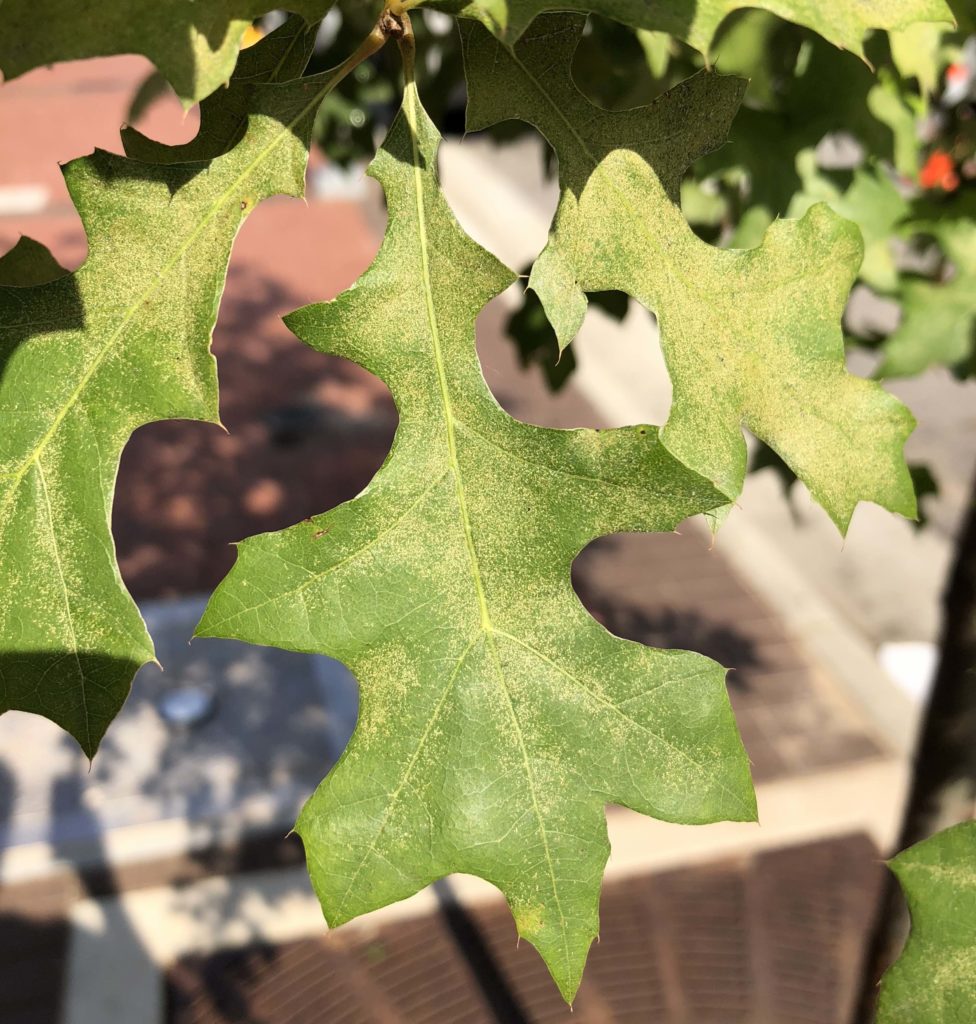Summer Brings Spider Mites
go.ncsu.edu/readext?539982
en Español / em Português
El inglés es el idioma de control de esta página. En la medida en que haya algún conflicto entre la traducción al inglés y la traducción, el inglés prevalece.
Al hacer clic en el enlace de traducción se activa un servicio de traducción gratuito para convertir la página al español. Al igual que con cualquier traducción por Internet, la conversión no es sensible al contexto y puede que no traduzca el texto en su significado original. NC State Extension no garantiza la exactitud del texto traducido. Por favor, tenga en cuenta que algunas aplicaciones y/o servicios pueden no funcionar como se espera cuando se traducen.
Português
Inglês é o idioma de controle desta página. Na medida que haja algum conflito entre o texto original em Inglês e a tradução, o Inglês prevalece.
Ao clicar no link de tradução, um serviço gratuito de tradução será ativado para converter a página para o Português. Como em qualquer tradução pela internet, a conversão não é sensivel ao contexto e pode não ocorrer a tradução para o significado orginal. O serviço de Extensão da Carolina do Norte (NC State Extension) não garante a exatidão do texto traduzido. Por favor, observe que algumas funções ou serviços podem não funcionar como esperado após a tradução.
English
English is the controlling language of this page. To the extent there is any conflict between the English text and the translation, English controls.
Clicking on the translation link activates a free translation service to convert the page to Spanish. As with any Internet translation, the conversion is not context-sensitive and may not translate the text to its original meaning. NC State Extension does not guarantee the accuracy of the translated text. Please note that some applications and/or services may not function as expected when translated.
Collapse ▲Most tree species are fed upon by spider mites and many even have their own species. These include maple spider mites, magnolia spider mites, honeylocust spider mite, the generalist twospotted spider mite, and many others.This week I have noticed damage on many pin oaks (Quercus falcata) by oak spider mites (Oligonychus bicolor).
Oak spider mites look much like other mites in the genus Oligonychus, which includes the wide-spread pests southern red mite (O. ilicis) and spruce spider mite (O. ununguis). They are dark red to brown with oval to round bodies and orange legs.
Oak spider mites overwinter as eggs in the nooks and crannies of bark on their host trees. They have many generations per year and can feed on oaks and related trees such as chestnut, hickory, maple, beech, and elm.
Oak spider mite feeding causes stippling damage, which is common among mites. Heavily damaged leaves are dull and yellow, becoming tan as damaged tissue ages and dries. We found that damage increases with the temperature and amount of impervious surface cover around the tree.
Trees that infested in summer will have eggs in the winter which will hatch to infest the same tree next year. Overwintering eggs may be susceptible to horticultural oil applications. Water trees to reduce stress and don’t overdo it on the fertilizer. It just makes trees more nutritious for mites.
More mite management information in a blog post, related magazine article, and in the 2017 Southeastern US Pest Control Guide for Nursery Crops and Landscape Plantings.



